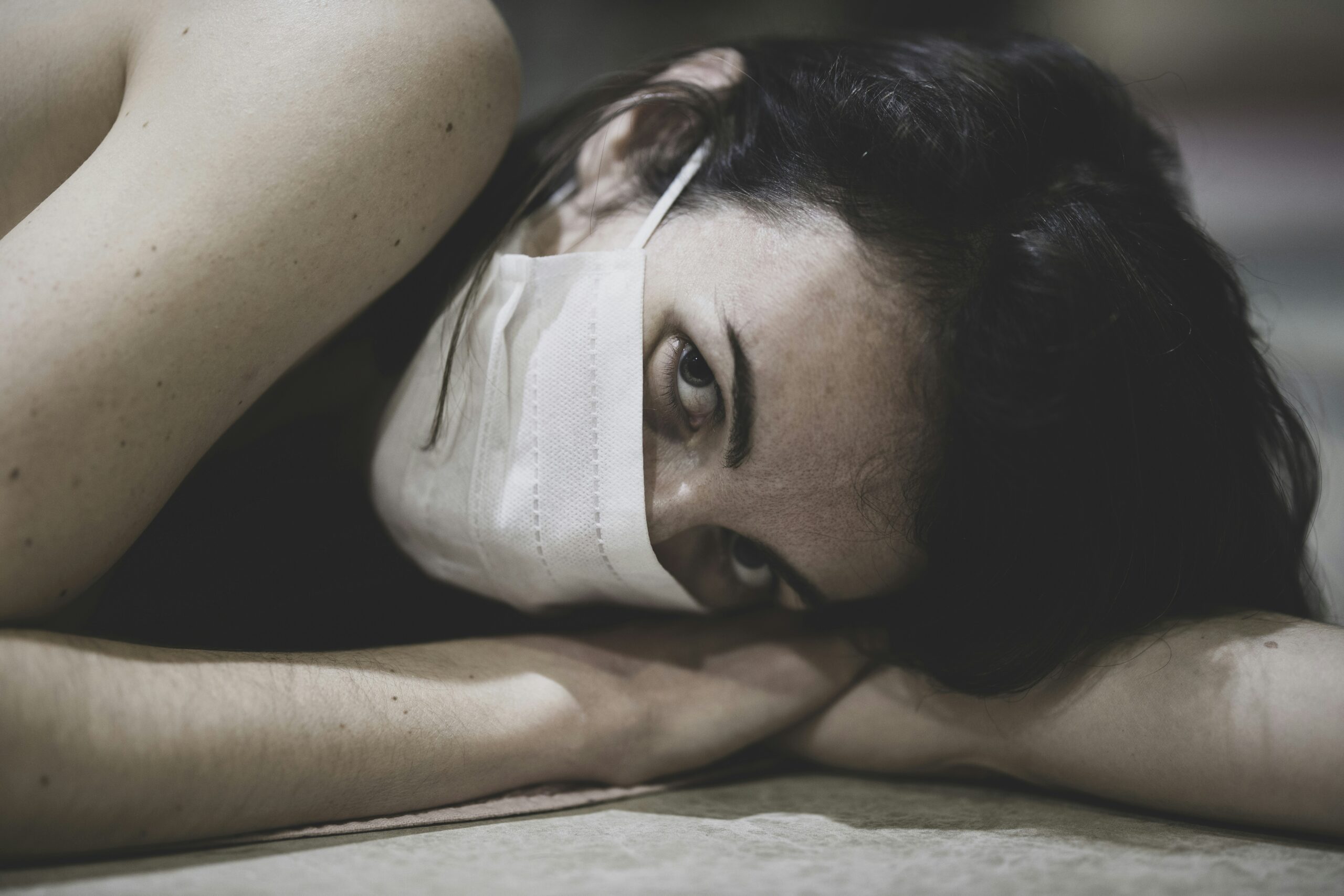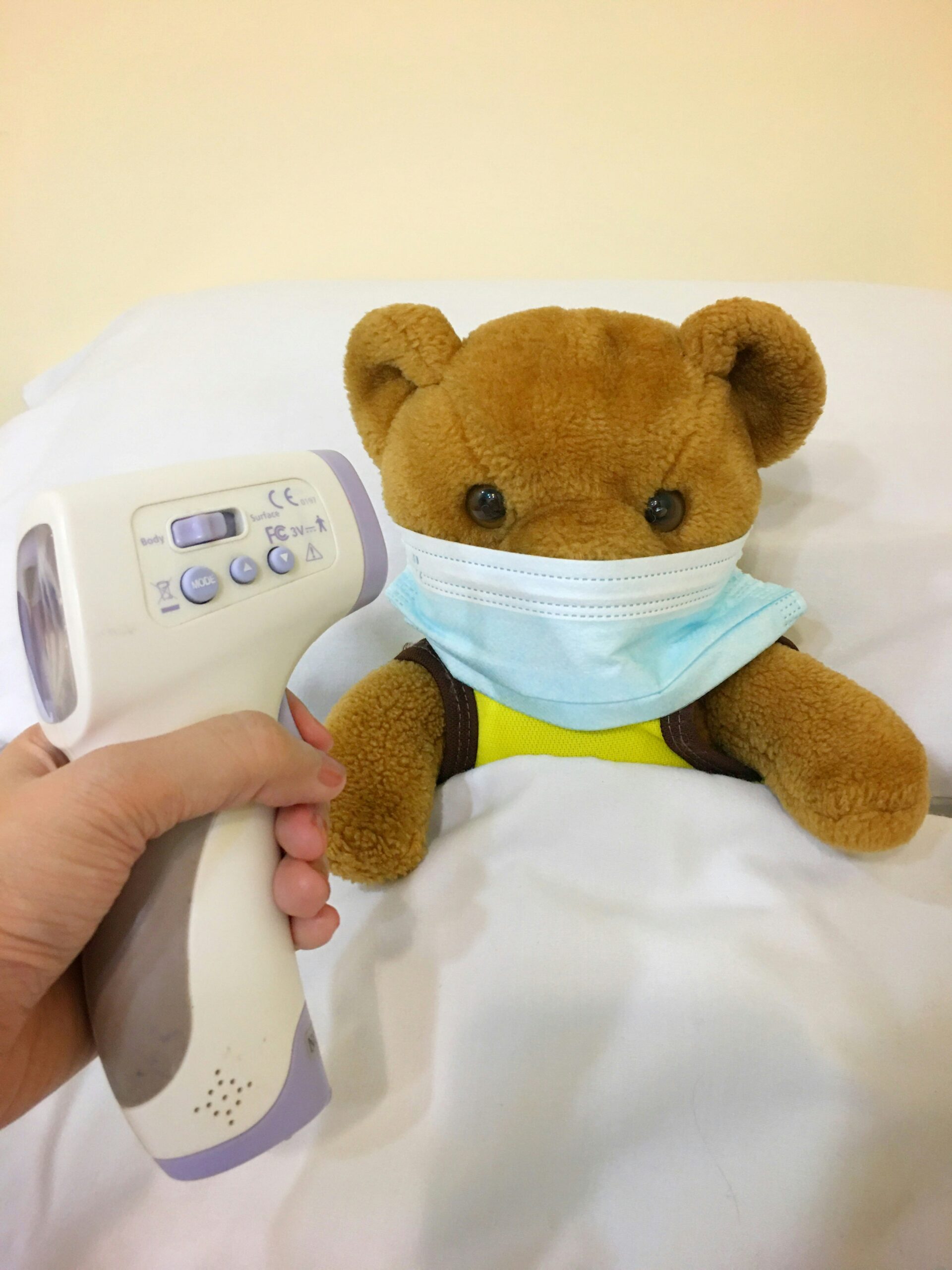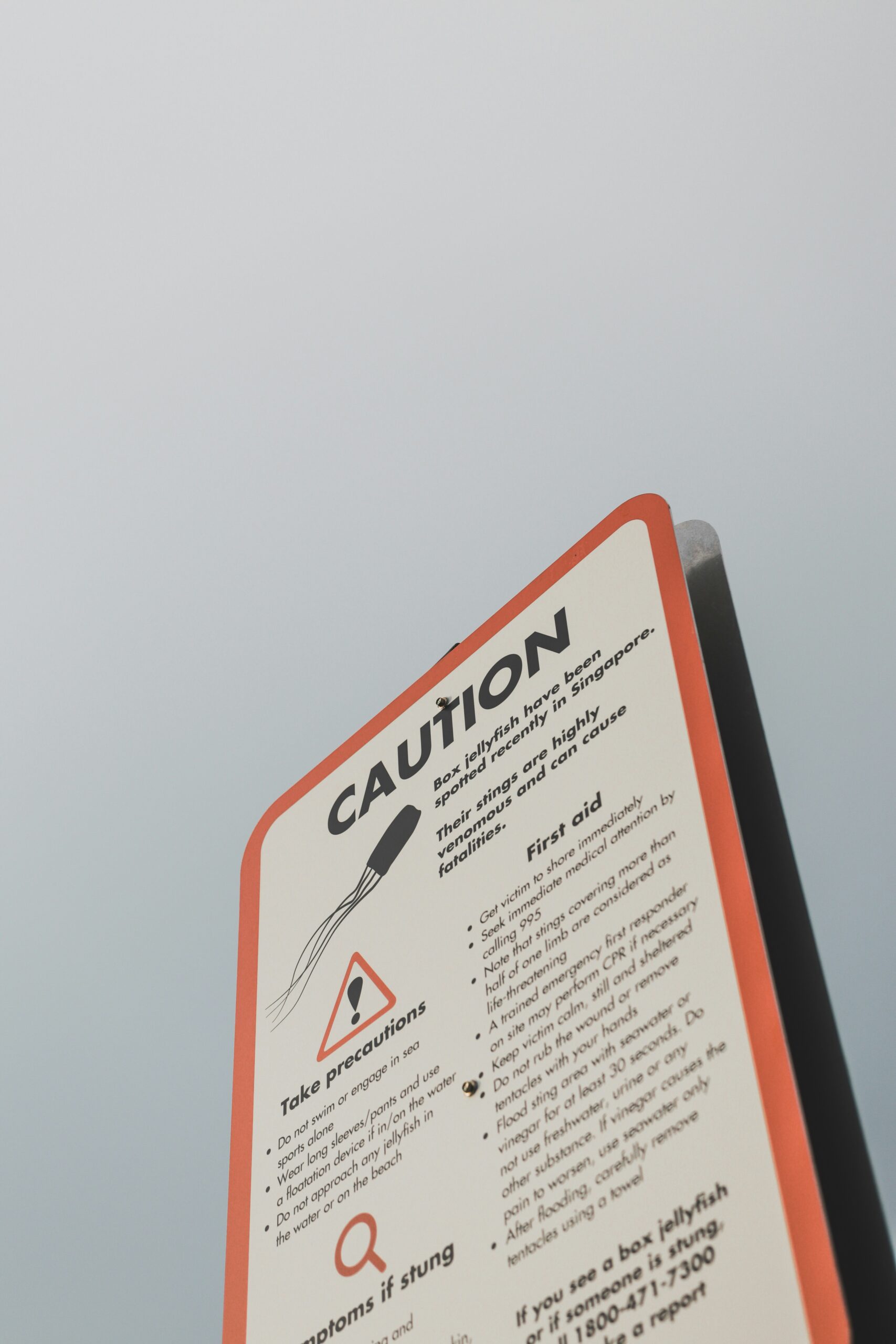Understanding prostatitis and its symptoms can help you identify and address this condition early. In “What Are The Common Symptoms Of Prostatitis?”, you'll discover the various signs that might indicate this inflammation of the prostate gland. From pelvic pain to urinary issues, being aware of these symptoms can empower you to seek medical advice promptly, ensuring better health and peace of mind. Have you ever wondered what the common symptoms of prostatitis are? If so, you're not alone. Prostatitis is a condition that affects many men, and understanding its symptoms can be vital for early detection and treatment. In this friendly guide, we'll dive deep into everything you need to know about prostatitis and its symptoms. Ready? Let's get started!

What is Prostatitis?
Prostatitis is the inflammation or infection of the prostate gland. This gland, located just below your bladder, plays a crucial role in producing seminal fluid. Prostatitis can affect men of all ages but is most common in middle-aged men. It can come on suddenly or develop gradually, depending on the type and cause. There are four main types of prostatitis:
Acute Bacterial Prostatitis
This is a sudden bacterial infection that causes severe symptoms and needs urgent treatment. It's the least common but the easiest to diagnose and treat.
Chronic Bacterial Prostatitis
This type results from ongoing bacterial infection that may be harder to treat. Symptoms can be less severe but last longer and often recur.
Chronic Prostatitis/Chronic Pelvic Pain Syndrome (CP/CPPS)
The most common type, CP/CPPS, does not involve a bacterial infection. Pain and urinary symptoms are persistent, and the cause is often unknown, making treatment more complex.
Asymptomatic Inflammatory Prostatitis
This form shows no noticeable symptoms and is usually found during tests for other conditions, such as infertility or prostate cancer. Although it doesn't require treatment, it's important to stay informed.
Common Symptoms of Prostatitis
Understanding the diverse symptoms can help you identify the condition early and seek appropriate medical advice. Below are the common symptoms associated with each type of prostatitis.
Acute Bacterial Prostatitis Symptoms
Since this type comes on suddenly, symptoms are often severe and apparent. Here's what you might experience:
| Symptom | Description |
|---|---|
| High Fever | A sudden spike in body temperature. |
| Chills | Shivering and feeling cold, often accompanying a fever. |
| Nausea and Vomiting | General feelings of sickness and stomach discomfort. |
| Severe Pelvic Pain | Intense pain in the lower abdomen, back, or genital area. |
| Frequent Urination | An urgent need to urinate often, sometimes disrupting daily activities. |
| Painful Urination | A burning sensation while urinating. |
| Urine Retention | Difficulty in passing urine, leading to a feeling of fullness in the bladder. |
Chronic Bacterial Prostatitis Symptoms
Symptoms are generally less intense than in acute bacterial prostatitis but can be recurrent and persistent:
| Symptom | Description |
|---|---|
| Recurrent UTIs | Frequent urinary tract infections. |
| Pelvic Discomfort | Consistent, dull pain in the lower abdomen, groin, or lower back. |
| Difficulty Urinating | Slower urine stream, with a sense of incomplete bladder emptying. |
| Sexual Dysfunctions | Erectile dysfunction or painful ejaculation. |
| Low-Grade Fever | Mild increase in body temperature that comes and goes. |
Chronic Prostatitis/Chronic Pelvic Pain Syndrome (CP/CPPS) Symptoms
The most prevalent type, CP/CPPS, manifests a broad range of symptoms that can be both physical and psychological:
| Symptom | Description |
|---|---|
| Pelvic Pain | Persistent pain in the perineum, lower abdomen, lower back, or urethra. |
| Urinary Issues | Difficulty starting to urinate, a constant urge to go, or pain during urination. |
| Sexual Dysfunction | Painful ejaculation, reduced libido or erectile difficulties. |
| Psychological Symptoms | Anxiety, depression, or stress related to chronic pain and discomfort. |
| Discomfort After Urination | Discomfort or pain immediately after urination. |
Asymptomatic Inflammatory Prostatitis
Unlike the other types, asymptomatic inflammatory prostatitis does not usually present symptoms. Its detection is usually incidental during medical examinations for other conditions.
Diagnosing Prostatitis
With such a wide range of symptoms, diagnosing prostatitis requires a thorough evaluation by your healthcare provider. Here are common diagnostic procedures:
Physical Examination
Your doctor will perform a digital rectal exam (DRE) to feel for any abnormalities in the prostate gland.
Urine Tests
Urine samples are tested for infections and inflammatory markers.
Prostate Massage
During a DRE, a prostate massage may be performed to extract fluids which are then analyzed for bacteria and white blood cells.
Imaging Tests
Ultrasounds or CT scans may be used to examine the urinary and reproductive organs for any issues.
Blood Tests
Blood tests can help in checking for infections and other conditions.
Symptom Questionnaires
Patients are often asked to complete questionnaires to detail their symptoms and assess the severity.
Treatment Options for Prostatitis
Treatment for prostatitis varies depending on the type and the underlying cause.
Antibiotics
For bacterial prostatitis, antibiotics are the primary treatment. The duration of treatment can range from a few weeks to several months.
Alpha Blockers
These medications help relax the muscles around the prostate and bladder neck, reducing symptoms such as painful urination.
Anti-Inflammatory Medications
NSAIDs like ibuprofen can help manage pain and inflammation, particularly in CP/CPPS.
Pain Management Therapies
Physical therapy, biofeedback, and warm baths can help alleviate chronic pain.
Diet and Lifestyle Changes
Incorporating a healthier diet, staying hydrated, and avoiding irritants like alcohol and spicy foods can help manage symptoms.
Psychological Counseling
For chronic pain associated with CP/CPPS, mental health support can be invaluable in managing anxiety and depression.
Prostate Surgery
In rare cases, surgical intervention might be necessary, particularly if there is a blockage causing severe symptoms.

Self-Care Tips for Managing Prostatitis
While medical treatment is crucial, self-care strategies can complement it and improve your quality of life.
Stay Hydrated
Drink plenty of water to help flush out bacteria and keep your urinary system functioning smoothly.
Avoid Irritants
Limit intake of caffeine, alcohol, and spicy foods that can exacerbate symptoms.
Regular Exercise
Engaging in moderate physical activity can help alleviate symptoms and improve overall health.
Practice Stress-Relief Techniques
Mindfulness, meditation, and yoga can help manage stress and reduce symptom severity, especially in CP/CPPS.
Use Heat Therapy
Warm baths or heating pads can provide temporary relief from pelvic pain.
Wear Comfortable Clothing
Avoid tight-fitting clothes that can put pressure on your pelvic area.
When to See a Doctor
It's essential to know when to seek medical help for prostatitis. If you experience any of the following, it's time to consult a healthcare provider:
- Severe pain or discomfort in the pelvic area.
- High fever and chills.
- Difficulty or pain during urination.
- Blood in the urine.
- Persistent urinary symptoms or recurrent infections.
- Any symptoms affecting your quality of life.
Prompt medical attention can prevent complications and lead to effective management and treatment of prostatitis.

Conclusion
Prostatitis can be a challenging condition given the variety of its symptoms and types. However, understanding these symptoms can empower you to seek timely medical advice and find appropriate treatments. Whether it's acute or chronic, bacterial or non-bacterial, knowing what to look for can make all the difference. Don't let prostatitis affect your quality of life; take control by staying informed and proactive in seeking care.
Feel free to share your thoughts or experiences with prostatitis in the comments below. We're here to help and support you on this journey. Stay well!

